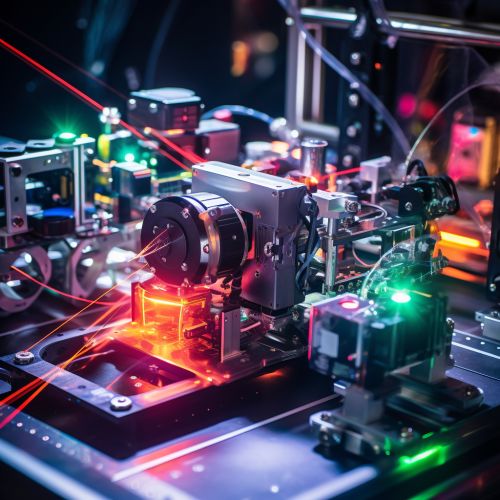Physics of Quantum Information in Secure Communication
Introduction
Quantum information science is a rapidly growing field that intersects with physics, computer science, and mathematics. It studies the quantum nature of information and how it can be manipulated, stored, and transmitted. One of the key applications of quantum information science is in secure communication, where quantum properties are used to create unbreakable encryption protocols. This article will delve into the physics of quantum information in secure communication, exploring the principles and mechanisms that underpin this fascinating field.
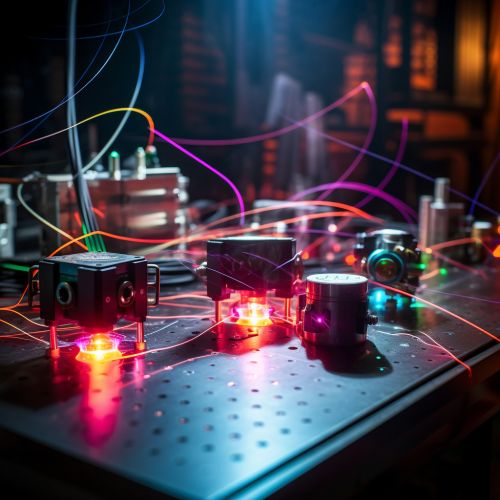
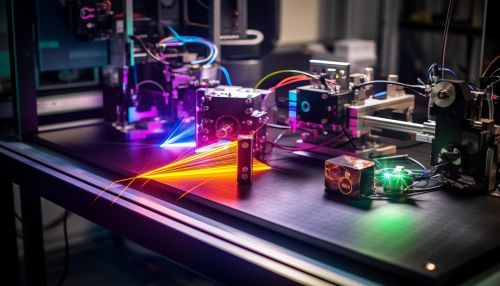
Quantum Information
Quantum information is information that is held in the state of a quantum system. Unlike classical information, which is stored in binary bits (0s and 1s), quantum information is stored in quantum bits, or qubits. Qubits can exist in a superposition of states, meaning they can be in multiple states at once, a property that is fundamental to the power of quantum computation and communication.
Quantum information can be manipulated using quantum gates, which are the basic building blocks of quantum circuits. These gates operate on qubits, changing their states in a way that is determined by the principles of quantum mechanics. The properties of quantum gates, such as their reversibility and the ability to create entanglement, are crucial for the development of quantum algorithms and protocols.
Quantum Communication
Quantum communication is the process of using quantum systems to transmit information. This can be achieved through various methods, such as quantum teleportation and quantum key distribution. These methods exploit the unique properties of quantum systems, such as superposition and entanglement, to achieve communication capabilities that are not possible with classical systems.
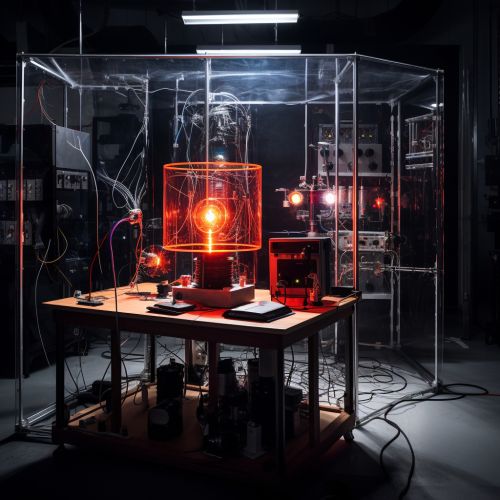

Quantum Teleportation
Quantum teleportation is a process by which the state of a qubit can be transmitted from one location to another, without the physical transport of the qubit itself. This is achieved by using a pair of entangled qubits, where a change in the state of one qubit will instantaneously affect the state of the other, regardless of the distance between them. This property is used to transmit the state of a qubit from one location to another, effectively 'teleporting' the qubit.
Quantum Key Distribution
Quantum key distribution (QKD) is a method of secure communication that uses quantum mechanics to guarantee the security of a communication channel. In QKD, a secret key is generated using a quantum system and shared between two parties. The security of the key is guaranteed by the laws of quantum mechanics, which state that any attempt to measure a quantum system will disturb the system and can be detected by the communicating parties.
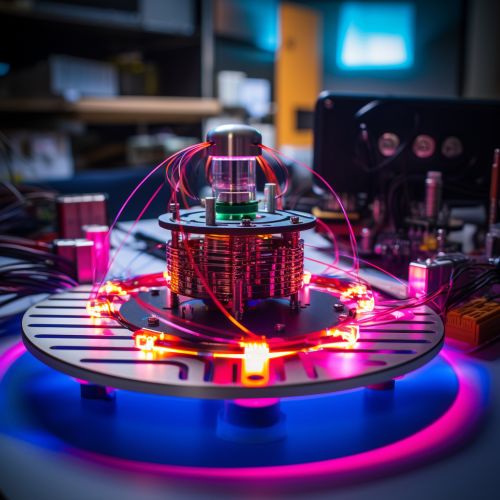
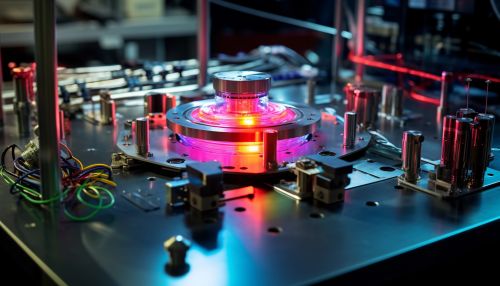
Quantum Cryptography
Quantum cryptography is the application of quantum mechanics to cryptographic tasks. The most well-known application of quantum cryptography is in quantum key distribution, where quantum mechanics is used to generate and distribute secret keys that can be used for secure communication.
Quantum cryptography also includes the study of quantum algorithms that can be used to break classical cryptographic codes. The most famous of these is Shor's algorithm, a quantum algorithm that can factor large numbers efficiently, breaking the security of many classical encryption schemes.
Quantum Information in Secure Communication
The application of quantum information in secure communication is a rapidly growing field. The unique properties of quantum systems, such as superposition and entanglement, can be used to create communication protocols that are secure against any eavesdropper, even those with unlimited computational power.
One of the main applications of quantum information in secure communication is in quantum key distribution, where a secret key is generated using a quantum system and shared between two parties. The security of the key is guaranteed by the laws of quantum mechanics, which state that any attempt to measure a quantum system will disturb the system and can be detected by the communicating parties.
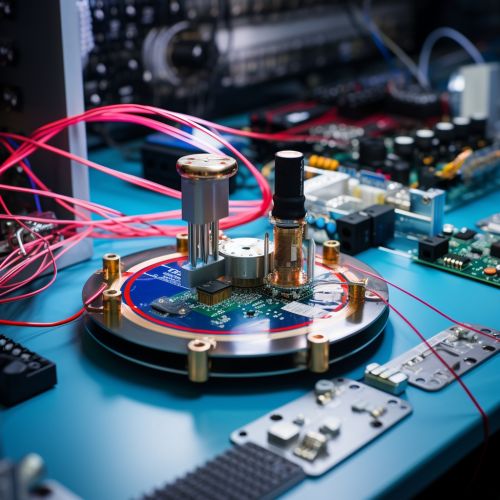
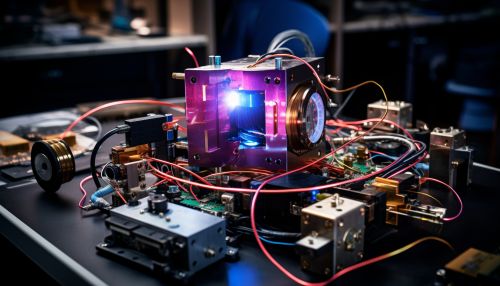
Future of Quantum Information in Secure Communication
The future of quantum information in secure communication is promising. With the development of quantum computers and quantum networks, the possibilities for secure communication are expanding. Quantum key distribution protocols are already being implemented in real-world applications, and the development of quantum repeaters and quantum satellites is paving the way for global quantum networks.
However, there are still many challenges to be overcome. The development of practical quantum computers is a major technological challenge, and the establishment of global quantum networks requires the solution of many technical and logistical problems. Despite these challenges, the field of quantum information in secure communication is progressing rapidly, and the future looks bright.
